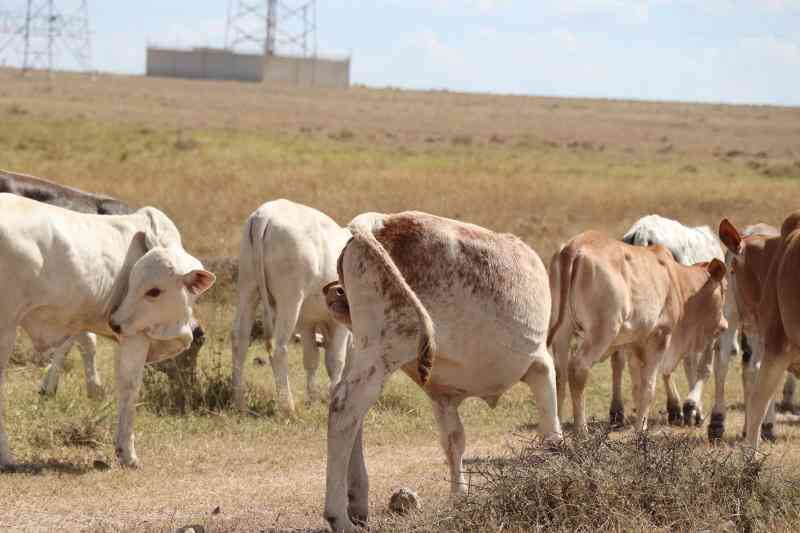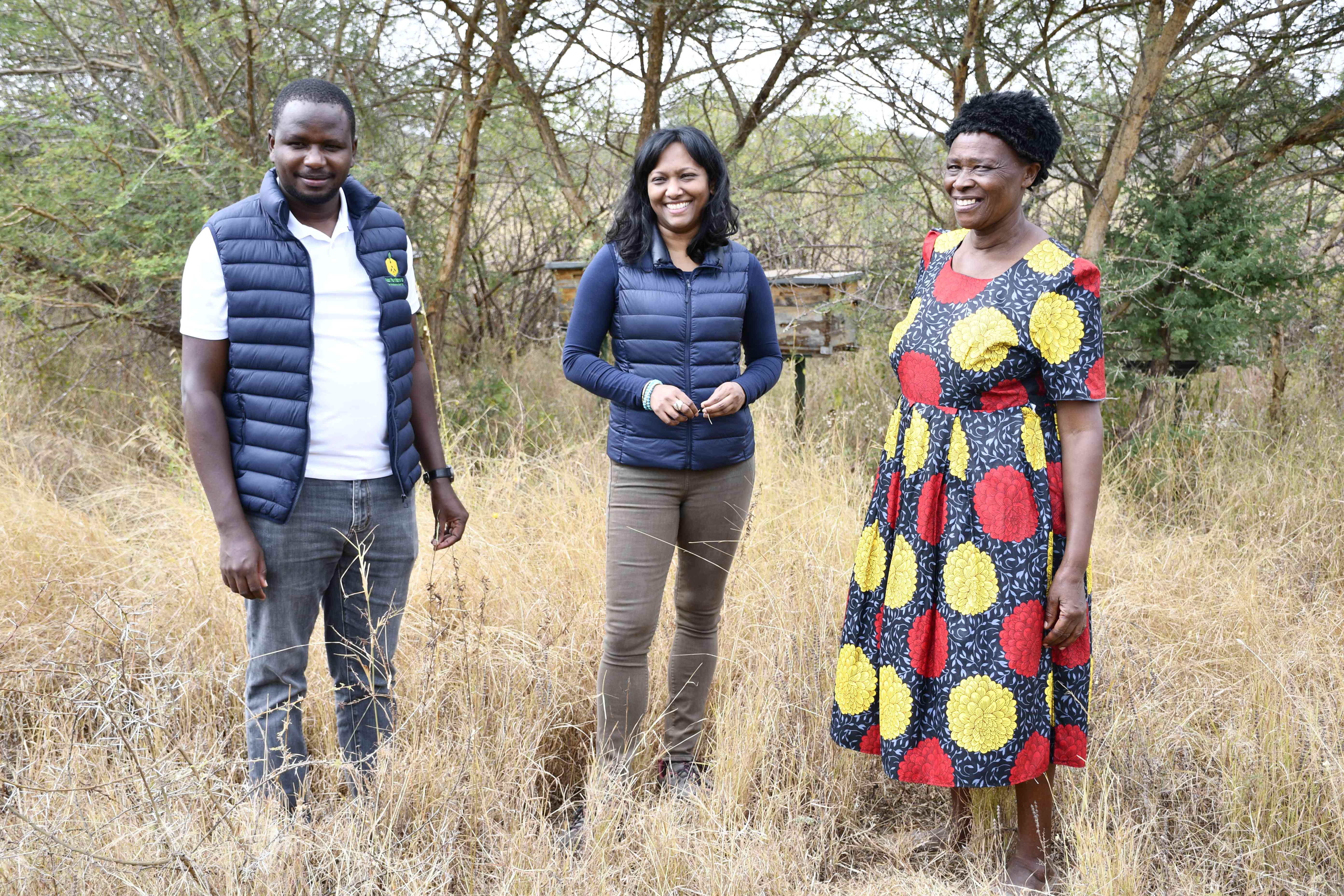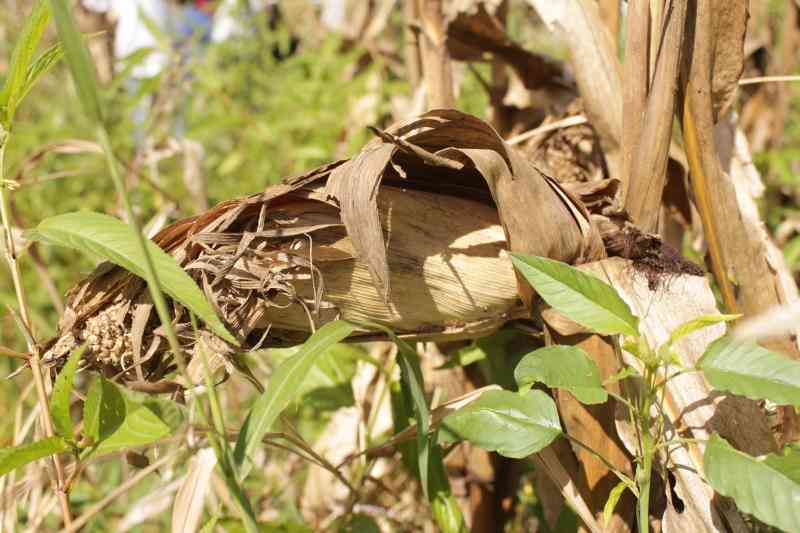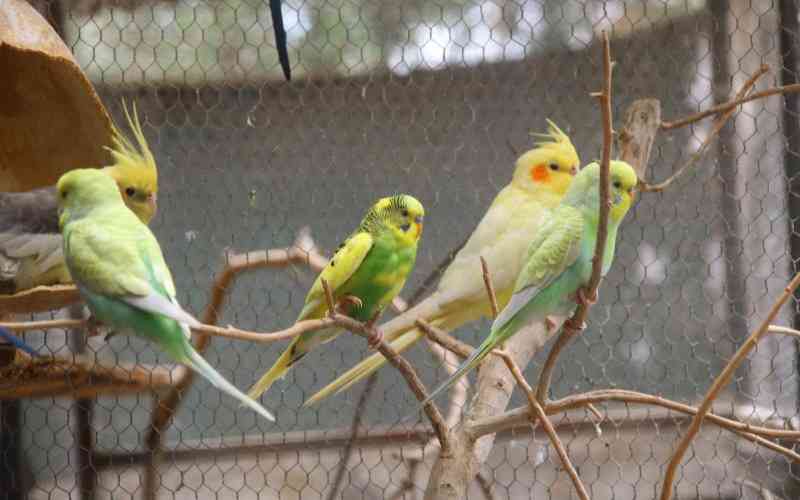
Their beautiful colours and features turn heads on major highways and the hawkers use that trait to attract motorists and passersby. It is a booming business. Indeed, ornamental bird farming has become one of the major economic activities in Kenya in the recent past. There are more than 100 traits and species of birds that are being reared as pets or just for their beauty, grace, and melodic voices. Poultry are birds that have been domesticated over the years for their eggs, meat, or feathers and the most common in this group are the chickens, ducks, turkey which we are all familiar with.
But what are ornamental birds? These are essentially birds that are kept in cages, in aviary systems,s or reared on the floor primarily for show, decoration, or as pets. They are not kept for consumption. They are docile, prefer lazing around the compound, and are friendly and vice-free. Some have very attractive and iridescent plumage and feather formations while others communicate in beautiful melodious tones or pitches like the peacocks. Most are still considered game birds and one needs a permit from Kenya wildlife services for each species of the bird to be kept.
Following inquiries and interest from our readers, today, we look at the varieties of birds that are kept in Kenya as ornamental and how they are managed.
BantamsThese are small versions of chickens; are cute with white feathers covering the whole body and face. They make good pets and are in high demand and mostly reared in cages as they are calm, placid, and friendly. They lay eggs just like chickens but not as prolific as commercial layers. One adult bird can be sold at Sh15,000. The common breeds include Sizzle, Silkie and Booted Bantam. You cannot miss having a bantam on your farm. The booted bantam has excellent feather patterns and looks exotic, can be kept on a commercial layer diet of mash or pellets and is reared mostly on deep litter or cages. Bantams are locally available in Nairobi and the highlands of Mount Kenya and Nyeri county.
Geese, ducks, pochards, TealsMost Kenyans don't consume ducks because of their dark and tough meat. The duck breed like Pekin, Mullard, Blue and Black Swedish, Rouen and Khaki Campbell, are largely kept in the compound as pet birds. They belong to the Anatidae family. Rouen and Khaki are beautiful and are highly looked for, mostly imported. Their fertilised eggs hatch in 28 days into lovely ducklings that are left to roam in the compound. A mature adult goes for Sh1,500-Sh2,000. Egyptian Geese also belong to the duck family, are however larger in size and mature in two years. They entirely feed on grass. They are majestic in nature and always kept in pairs, and as a flock can easily scare away any intruders in a home. The demand for these birds is high simply because they are rare due to poor breeding ability. An adult female goose can produce 30-40 eggs in a year and one can sell an adult goose weighing 4kg at Sh4,000 to Sh5,000. Did you know that ducks can live for 15-20 years under good nutrition and in a comfortable environment? The longest world record was for a drake (male duck) that lived to the ripe age of 27 years. A duck's feet are webbed and have little to no blood vessels or sensory nerves. They use this type of feet for paddling and swimming smoothly and do not feel cold when on ice and this helps in conserving heat. Ducks can also sleep with one eye closed while the other is opened to vigilantly watch for any predator. Ducks are commonly available in our region.
Francolins, Partridges, quails, Guinea fowls, Spur fowls and Pheasants.These belong to the same family of Phasianidae and Turnicidae and the Guinea fowl is the most popular. There are several breeds of Guinea fowls, white chest, Lavendar (blue), Pure White (in high demand), Royal purple and dotted black (in high demand). These birds are hardy, vigorous, and disease resistant. They are kept on free range and only need extra supplementation on commercial chicken feeds in the evening. In the compound, they will get rid of rats and mice and crawling insects. Like chickens, they need to be vaccinated regularly against Newcastle disease and fowl pox. Unlike chicken, they are noisy neighbours. Guinea fowls love to watch their own reflections and can spend hours on a glass door admiring themselves just like humans do. These birds hate visitors of any kind and like to stay together as a family and will make a lot of noise in presence of any intruder. Some people keep two to four in the compound to keep an eye on snakes and other predators and alert the owner. Did you know that guinea hens have poor mothering ability? Once they hatch their eggs into keets (baby chicks), they dump the chicks. The other interesting thing about these birds is that they are strictly monogamous and stay as a couple for life.
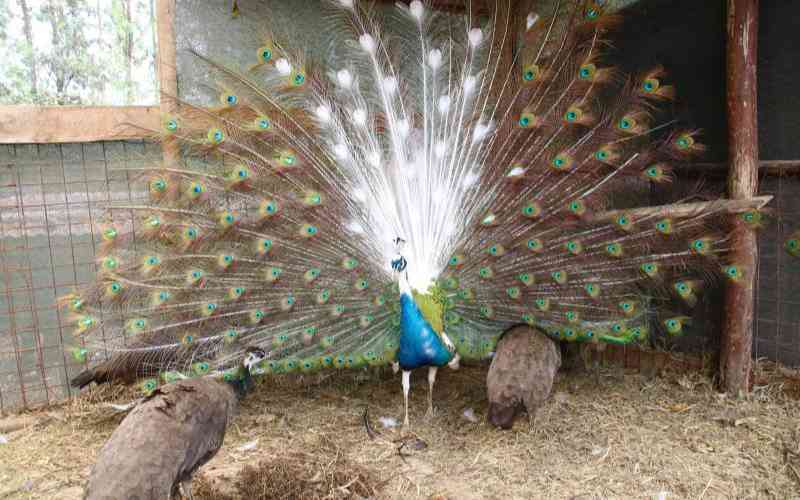
These are the oldest birds to be adopted from the wild as ornamental and belong to the Columbidae family and are quite common in most birds sanctuaries in the world. The most popular pigeons include Silky fantails, Speckled pigeons, and African Olive pigeon while the doves loved by bird watchers include Laughing, Red-eyed, Rock and Lemon Dove. These birds are kept in aviaries and can be fed on grass, vegetation, grains, and supplement commercial poultry feeds. They mainly lay two white eggs which they incubate in turns to hatch beautiful juvenile chicks. You can sell an adult pair of birds at Sh2,000.
PeafowlsThe males are called Peacocks while the females are Peahens. These birds are large, colourful and are known for their iridescent tails. From the tip of the bill to the tail measures 110-115cm. The tail feathers can spread out to cover 60 per cent of the body's length exposing colourful 'eye' markings of blue, gold and red trains. These birds are highly sorted in the market especially the blue Peafowls. They are ground feeders that pick insects, plants, and crawling creatures. They are expensive and a mature breeding pair can cost you Sh300,000. Most of them are imported into the country.
HousingJust like other commercial poultry, these pet birds also need good housing structures to keep them safe from unfavourable weather conditions, predators, and external and internal parasites. They are kept in open-sided poultry structures or in aviary cages. They should be provided with robust supplemental feed and fresh clean portable water all their life through an automatic or nipple drinking system. The structures should be wild-bird free, and doors always kept locked. It is important to keep the level of hygiene high and limit unnecessary flock visits.
Disease managementThese birds are also prone to most poultry diseases. They get corona-like kidney infections, avian tuberculosis, mycoplasmas, respiratory diseases, aspergillosis, cachexia, obesity, trauma, wounds, and intestinal and external parasites. The first important thing is to source your chicks or birds from proven disease-free parents, this top-down control ensures that your flocks have a clean start and that vertically transmitted diseases are eliminated. Ensure that the highest level of hygiene is maintained on the farm and farm biosecurity is followed to minimise the introduction of disease-causing pathogens. Lastly, have a comprehensive vaccination programme followed by a local veterinarian who is familiar with the local diseases' challenges.
Sales and marketingHow do you get your products recognised by onlookers and bought by potential buyers in this crowded field? I find digital marketing a more affordable tool available to reach a wide audience and allow one to directly engage with them. The cost is manageable, all you need is a phone and bundles. You can access the web with the right content, searching for clients who are looking for what you are offering. Currently on offer are pay-per-click, emails, video marketing, and use of social media platforms like YouTube, Instagram and Facebook You can also make use of blogs, podcasts, and webinars. I highly discourage farmers from buying these birds from the roadside where I see ducks, geese and even turkeys being herded together and sold to travelers across a highway bump.
[The writer is Head Vet at Kenchic]
 The Standard Group Plc is a multi-media organization with investments in media platforms spanning newspaper print
operations, television, radio broadcasting, digital and online services. The Standard Group is recognized as a
leading multi-media house in Kenya with a key influence in matters of national and international interest.
The Standard Group Plc is a multi-media organization with investments in media platforms spanning newspaper print
operations, television, radio broadcasting, digital and online services. The Standard Group is recognized as a
leading multi-media house in Kenya with a key influence in matters of national and international interest.





